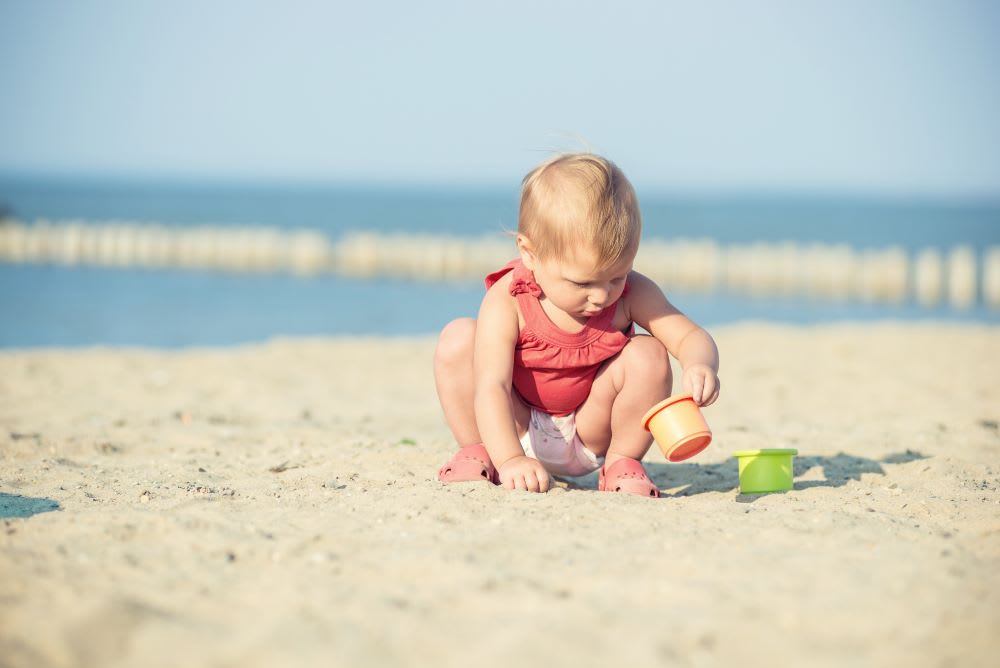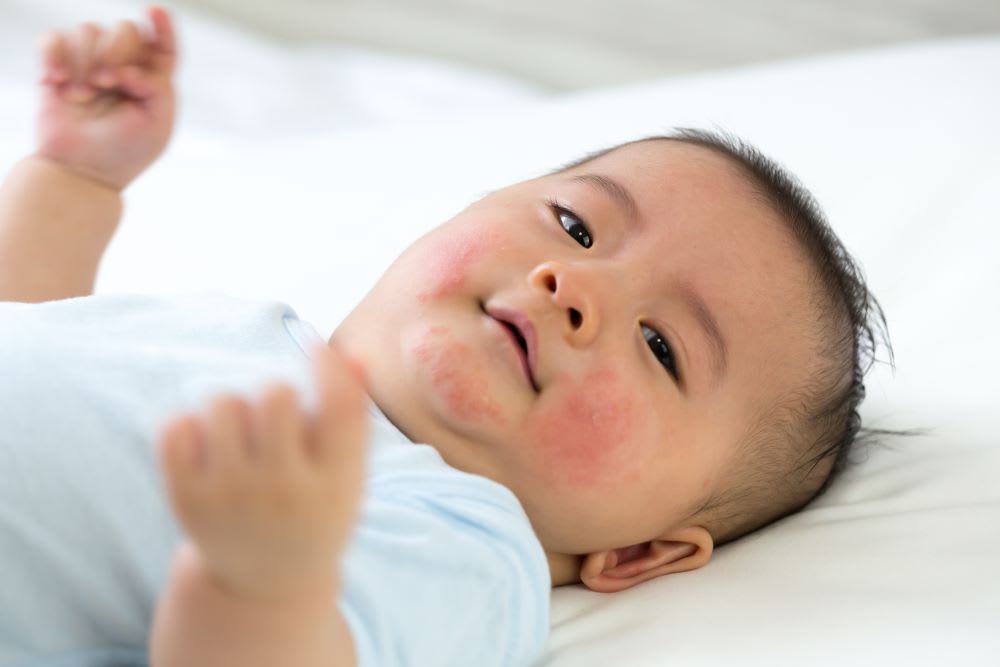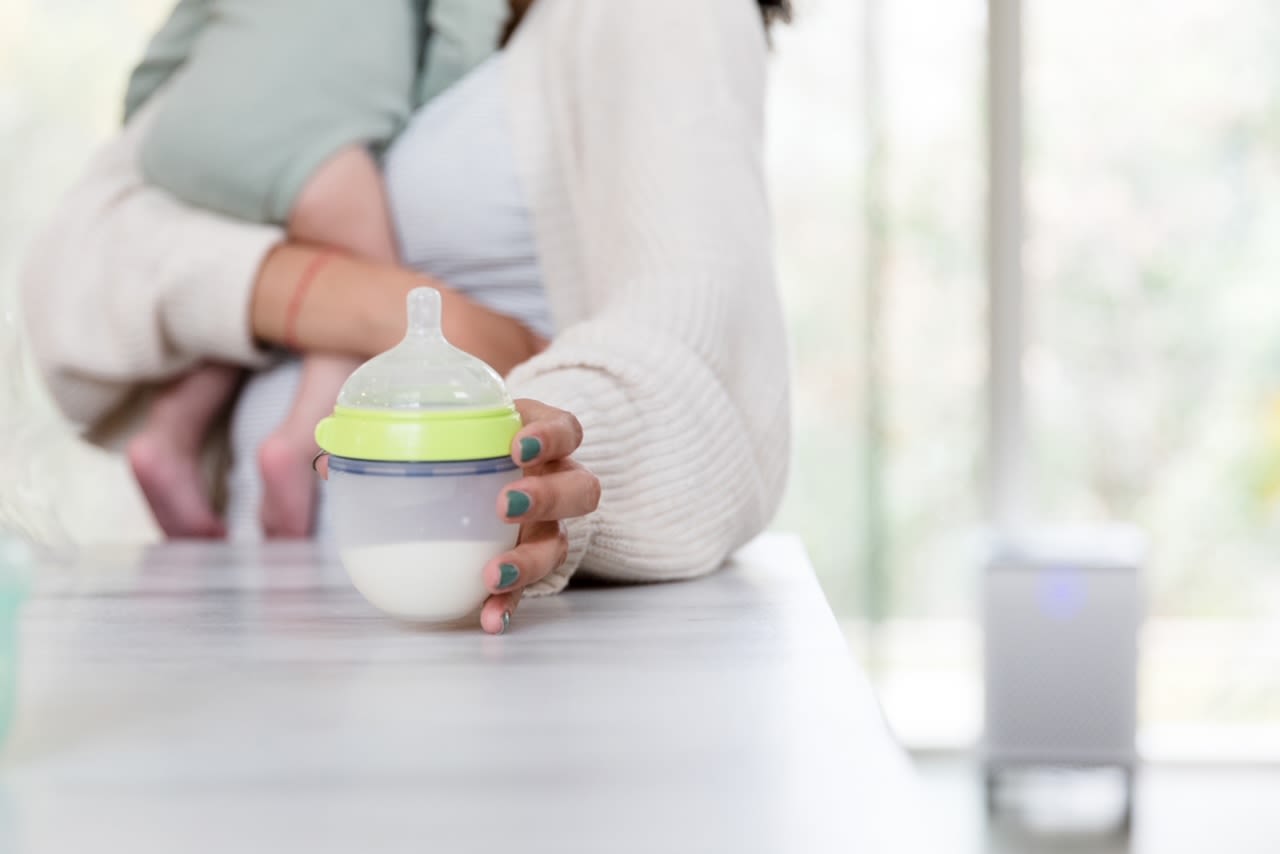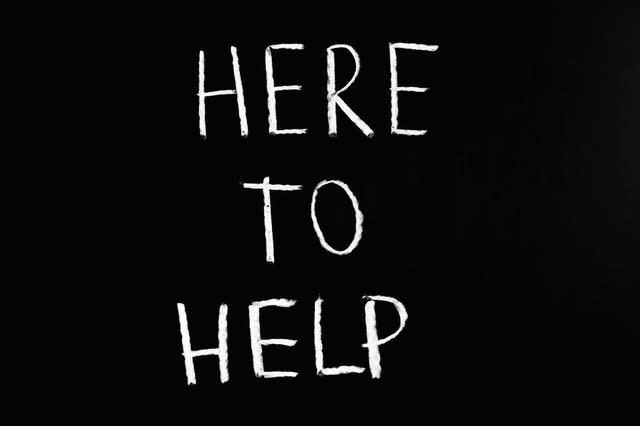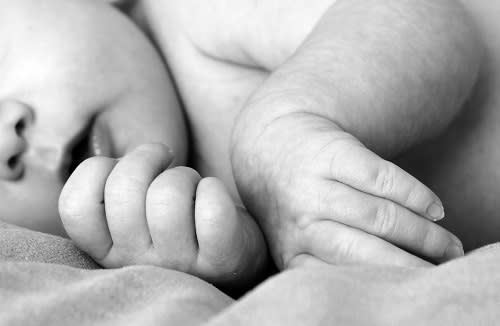It’s a preventable tragedy that happens every summer: the death of an infant from heat stroke. The deadliest of all heat-related illnesses, heat stroke occurs when the body’s temperature rises faster than it can sweat to cool itself off – sometimes to as high as 106°F within 10-15 minutes. On average, one child in the U.S. dies nearly every 10 days after experiencing heat stroke from being left alone in a hot vehicle.
In fact, most cases of heat stroke involve babies or children who are left inside a scorching hot car or crawl into one, making pediatric vehicular heat stroke (PVH) the leading cause of non-crash vehicular deaths among children in the U.S. As climate change delivers uninterrupted weeks of scalding weather, parents and other caregivers must learn to expect and plan for it, so they can keep babies safe and prevent needless tragedy.
This puts them at higher risk for dehydration, which can happen fast and lead to heat exhaustion or heat stroke. Moreover, babies’ sweat glands aren’t fully developed, which makes it more difficult for them than older children or adults to regulate their body temperature when it’s hot outside. As a result, they overheat more quickly and have a harder time sweating to cool themselves, which also increases their risk for heat exhaustion or heat stroke.
In fact, most cases of heat stroke involve babies or children who are left inside a scorching hot car or crawl into one, making pediatric vehicular heat stroke (PVH) the leading cause of non-crash vehicular deaths among children in the U.S. As climate change delivers uninterrupted weeks of scalding weather, parents and other caregivers must learn to expect and plan for it, so they can keep babies safe and prevent needless tragedy.
Why are infants more susceptible to extreme heat?
Babies are especially vulnerable to extreme heat because babies have a larger body surface area when compared to adults, which means that they have more physical exposure to heat in the environment.This puts them at higher risk for dehydration, which can happen fast and lead to heat exhaustion or heat stroke. Moreover, babies’ sweat glands aren’t fully developed, which makes it more difficult for them than older children or adults to regulate their body temperature when it’s hot outside. As a result, they overheat more quickly and have a harder time sweating to cool themselves, which also increases their risk for heat exhaustion or heat stroke.
What are the symptoms of heat exhaustion in infants?
Heat exhaustion occurs when the body loses too much water and salt, usually through excessive sweating. Symptoms include:- Headache.
- Nausea or vomiting.
- Dizziness.
- Weakness.
- Irritability.
- Thirst.
- Heavy sweating.
- Elevated body temperature.
- Decreased urine output.
What are the symptoms of heat stroke?
Heat stroke, on the other hand, can cause:- Confusion, altered mental status, or slurred speech.
- Loss of consciousness (coma).
- Hot, dry skin or profuse sweating.
- Seizures.
- Permanent disability or death without emergency treatment.
- Sudden lethargy, listlessness, floppiness, sleepiness, or even jitteriness.
- Flushed or very red skin.
- Glazed over eyes.
- Labored breathing.
- Dry lips.
- Changed pooping habits, or failure to produce tears or at least three heavy diapers per day with pale yellow or almost clear urine.
- Any unusual behavior following heat exposure.
Tips to prevent heat stroke or exhaustion:
Caregivers should be prepared for hot weather by having a plan in place for cooling their home or, if they can’t, sheltering during a heat wave. Whatever plan you put in place, always remember this advice to avoid heat exhaustion or heat stroke in infants:- Keep your baby hydrated in hot weather. Although babies typically get enough hydration from breast milk or formula, they may need more on very hot days, especially since those younger than 6 months cannot drink water.
- Avoid sugary fruit drinks. Sugar doesn’t hydrate babies and it’s best to stick with formula or breast milk, which provide the nutrients that babies need. It’s best not to introduce juice of any kind until your baby is older than one year.
- Dress your baby lightly. If you’re wearing a tank top and shorts, then your baby would do well to wear just one layer of loose-fitting, lightly colored clothing.
- Never leave your baby or any child unattended in a car or anywhere, for even a minute.
- Start your car’s air conditioning as soon as you turn on the ignition, so it’s cool inside by the time you put your baby in.
- Avoid over-exposure to the sun.
- Don’t drape a blanket over the roof of a stroller, which can restrict airflow.


